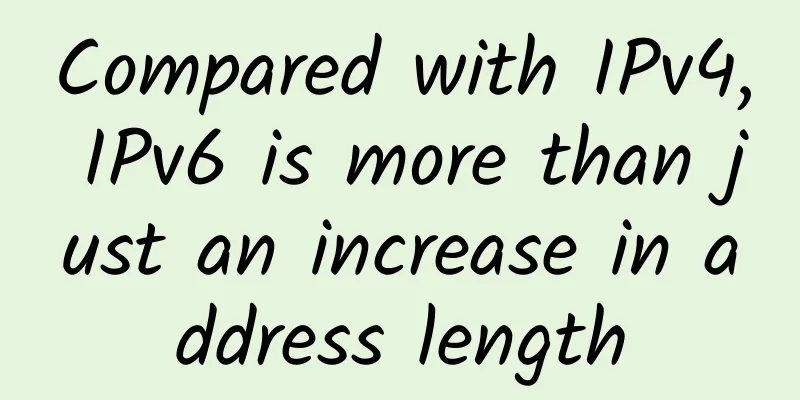When is the right time to buy Wi-Fi 6E?

|
Despite the indisputable advantages of operating Wi-Fi in the 6GHz frequency range, analysts say the best time to buy Wi-Fi 6E is when an enterprise is ready to upgrade, not before. Wi-Fi 6E is basically the same as Wi-Fi 6, but the key difference is that the 6E standard can utilize the 6GHz spectrum for unlicensed use. It supports large bandwidth, larger channels, and therefore higher data rates. Enterprise-grade Wi-Fi 6E access points are just beginning to enter the market. Aruba was the first to release Wi-Fi 6E products, followed by vendors such as Cisco. This means that the hype cycle has already begun. The problem with buying Wi-Fi 6E now, however, is that most devices still don’t support it yet, and nearly everything, from printers to smartphones to IoT gadgets, is designed to work on existing Wi-Fi frequencies.
"It's still too early to talk about Wi-Fi 6E, and there aren't a lot of Wi-Fi 6E access points on the market," said Brandon Butler, research manager at IDC. Additionally, Bill Menezes, principal analyst at Gartner, believes that “choosing Wi-Fi 6E so early in the life of a deployment, breaking the standard’s refresh cycle, could be costly.” "Massive deployments will drive prices down, and you won't need to do out-of-cycle product updates and pay extra for those updates," Menezes said. "What performance do you really need, and what meaningful changes will Wi-Fi 6E bring?" The answer is usually "not much," but in some cases it may make sense to upgrade quickly to 6E. There are two main reasons. The first is that the spectrum in the 6GHz band is relatively clean, which makes sense for enterprises that are concerned about multiple devices interfering with each other. “In hospitals, you have different categories and specific devices that require clean spectrum compared to 5GHz,” Butler said. “So the ability to have dedicated spectrum space for devices could be an advantage of 6E to drive earlier adoption.” The second reason is bandwidth. Mike Fratto, senior research analyst at 451 Research, noted that for applications that move a lot of data, the standard offers more capacity than Wi-Fi 6. This includes devices like cameras, printers and wireless laptops that generate a lot of traffic. For those types of applications, it may make sense to upgrade products sooner rather than later, at least in a targeted sense.” According to Fratto, this could mean small-scale content creators, engineering firms and enterprises that handle large amounts of streaming video over Wi-Fi. But overall, most companies won’t see much benefit from an early move to Wi-Fi 6E, given the price premium and organizational overhead involved. In addition, the vast majority of current Wi-Fi endpoints don’t support the 6GHz spectrum, so there’s little reason to overuse it. |
<<: Thoughts and insights on cloud resource orchestration
>>: Quick questions and answers: 20 killer questions for computer network interviews
Recommend
Wu Hequan, Academician of the Chinese Academy of Engineering: 5G new infrastructure faces five major challenges
At the "5G and Network Development Strategy ...
How far is 400G from true commercial deployment?
With the continuous growth of data traffic, the d...
Changting Technology's new product launch conference was held in Beijing to reconstruct a new network protection system
On July 14, Changting Technology, a provider of n...
Revolutionizing Networking with Edge Computing
Compared with cloud computing, edge computing foc...
7 Industries That Will Be Revolutionized by the Internet of Things
What kind of revolutionary impact will the Intern...
After reading this article, you will regret not visiting the exhibition area of Huawei Eco Partner Conference 2019
[51CTO.com original article] After reading this a...
Is the slowdown in the growth of China Mobile's 5G package users intentional, or are there other reasons?
In terms of the development of 5G package users, ...
Review of 5G in 2019: 5G sounded the rally call for commercial use
"5G is like a newborn baby, new from head to...
Who will pay for the 5G spectrum worth hundreds of billions of dollars?
[[384899]] This article is reprinted from the WeC...
HTTP protocol interview challenges
I am an atypical interviewer. For the first quest...
Wi-Fi Sense: Your home's next sensor may not be a sensor
Part 01 How Wi-Fi Sensing Works Wi-Fi sensing is ...
Stop praising 5G!
On January 17, Huawei founder and CEO Ren Zhengfe...
What is Bluetooth Low Energy?
Bluetooth Low Energy is a new Bluetooth wireless ...
Why 2018 will be the year of WAN
Today, software-defined wide area network (SD-WAN...
CMIVPS: $863.5/year-E5-2620*2, 32G memory, 480G SSD, 30M bandwidth, Hong Kong server promotion
CMIVPS yesterday launched a 50% discount on the a...









